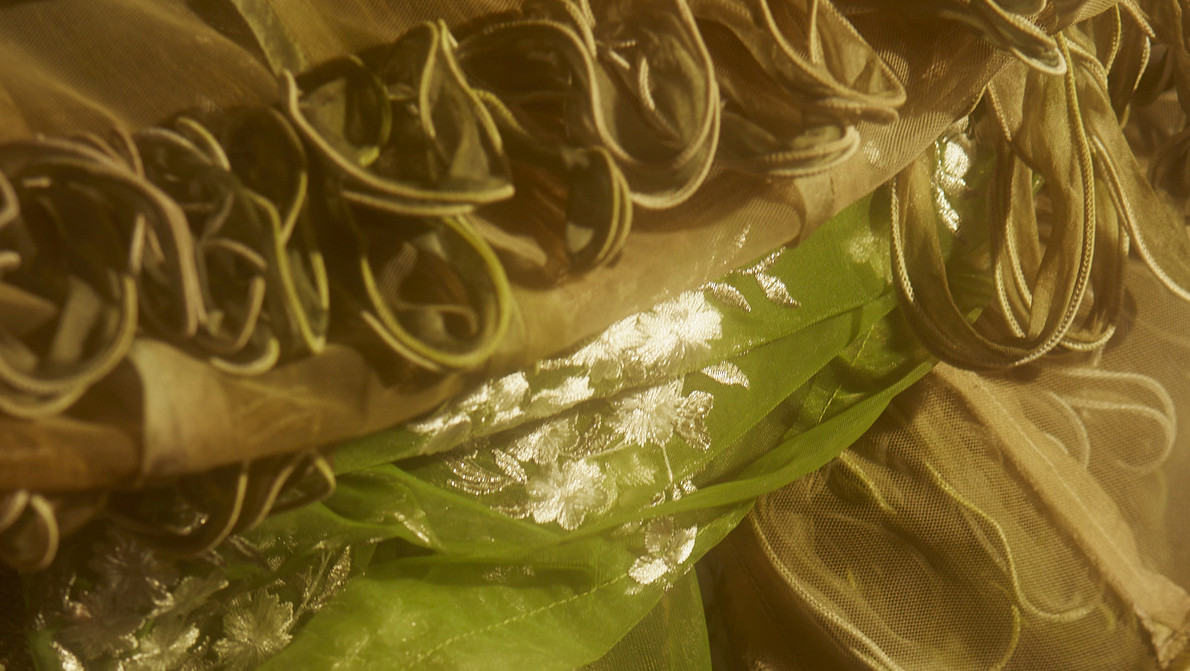
PROGRAMME ARTICLE ON THE BALLET "CINDERELLA"
In Christopher Wheeldon's ballet, Cinderella integrates the world of fantasy into her everyday life as a matter of course in order to overcome the obstacles that reality presents her with. In this way, she succeeds in making herself the driving force of her own destiny. Wheeldon shows how Cinderella's fate is largely made up of two factors: Dreaming and letting things happen. If Cinderella had no faith in the positive forces surrounding her, she would remain forever banished to her place by the ashes.
Everyone who feels the pull of the imagination, buys lottery tickets or clings to promises of the future hopes for the possibility that the fairy tale will be fulfilled: "Each of us seeks our salvation in a nonsensical fate, each of us hopes for the magic and power that we will receive from a completely irrational connection", as Jean Baudrillard writes. In Wheeldon's “Cinderella”, 'the good end' of the fairy tale results from the interplay of Cinderella's own drive and the power of the four fates.
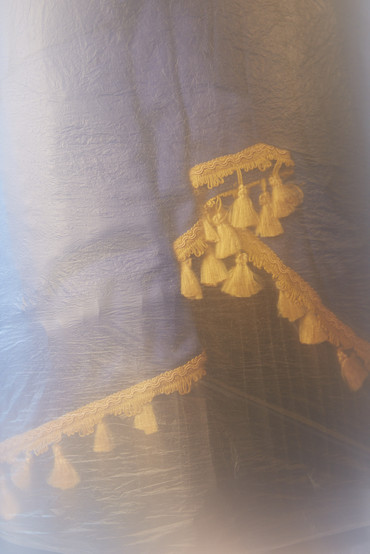
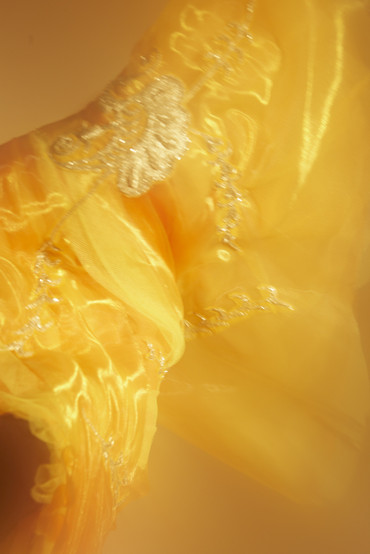
Is life determined by chance or is it based on a predetermined plan? - In Wheeldon's ballet, the quartet of dancers enables Cinderella's transformation into the ball princess and ultimately brings her together with the prince. Guidance by powers, on which the fate of human beings is more or less dependent, is a very old idea that characterises all myths, legends and religions. According to a widespread idea in ancient times, the goddess of fate Moira wove the various paths of human life from intertwined threads.
Among the Romans, the Parcae exchanged the loom for the writing room in order to record the fortune and misfortune of every single citizen of the world. The Norse myths tell of Norns, who have their ancestral seat by the ash tree and determine the fate not only of humans but also of the gods. In the field of musical theatre, Richard Wagner has these fascinating figures appear very prominently in the prelude to his "Götterdämmerung", which premiered in 1876. There, the Norns throw the rope of fate to each other and announce past, present and future events. However, the rope becomes tangled as the old, mythical world order has fallen apart at the seams.
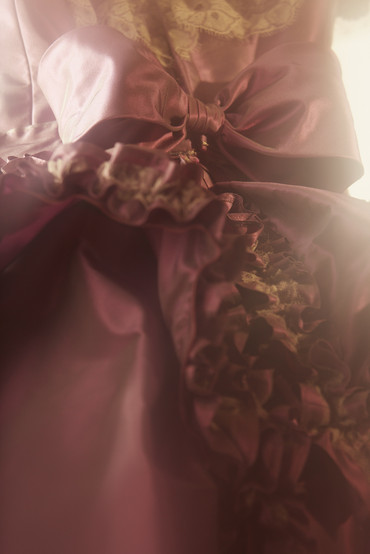
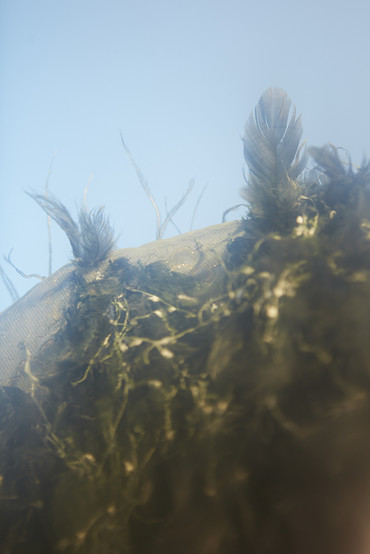
By drawing on the fairytale material inspired by French classicism, Prokofiev confronted - to borrow a phrase from the philosopher Roland Barthes - the "radical destruction of culture". In Prokofiev's "Cinderella", the dancing figures form a bridge over the devastation that was wreaked in those years not only in the actual theatres of war and places of mass destruction, but also in people's souls.
Extract from the programme article for "Cinderella"
Premiere at the Bayerisches Staatsballett at the Nationaltheater Munich on 19 November 2021
Photos: © Bayerisches Staatsballett / Stephanie Pfaender
Text: © Bayerisches Staatsballett / Serge Honegger